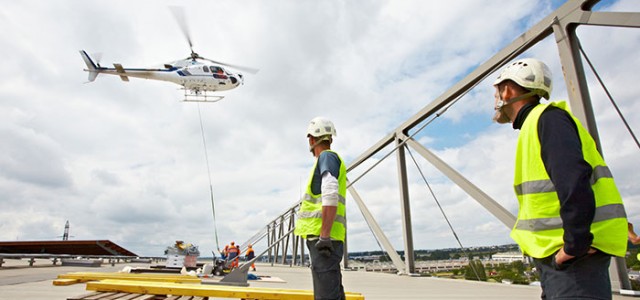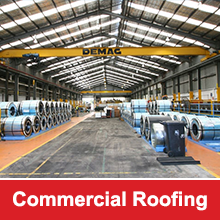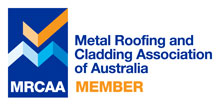The roofing industry has undergone extensive changes over the course of the past twenty years. While consumers often had few options available in the past when it came to roofing materials, there are now many more options available today that are more cost-efficient, longer lasting, and safer.
The banning of Asbestos in Australia
Among the most significant changes that have taken place in the roofing industry over the past two decades is the final banning of the use of asbestos. Widely mined throughout Australia for the better part of the 20th century, asbestos was often a favored material for a variety of construction projects, including roofing. In fact, some experts have noted that Australia possessed the highest usage of asbestos of anywhere in the world leading up to the 1980s. While the use of blue asbestos for first banned in the 1960s, it was not until the 1980s that brown asbestos was banned. White asbestos was not banned until 2003.
Colorbond Steel introduced
Today, consumers have an array of roofing materials options available that are far safer and more environmentally friendly. Among those options is a steel roofing product known as Colorbond®. Particularly suitable for areas that are prone to bushfires, Colorbond® is available in 20 colour options, ensuring a beautiful match with all types of architectural designs. Compared to previously available roofing materials, Colorbond® is energy efficient and long lasting. While the standard options available for roofing materials twenty years ago typically only offered a 20-year lifespan, those same roofs today are being replaced with materials that are capable of lasting for much longer. For instance, a Colorbond® has been tested and demonstrated to last for at least 45 years.
Innovative Roofing Materials
As the roofing industry in Australia continues to evolve, new roofing materials will enter the market with a goal of providing zero carbon footprint. For instance, roofing materials with the capability of doubling as solar panels while offering the ability to moderate temperatures are already under development. A prototype for a photovoltaic/thermal system has already been developed by the School of Photovoltaic and Renewable Engineering at UNSW. The development of such new roofing products are at the centre of a plan to prepare Australia for the emergence of a zero carbon building code, slated for introduction to the UK in 2016. Based on the new approach, solar cells will be actually integrated into metal roofs once they are installed, rather than being mounted on top of them. As a result, the roof will be able to begin pumping power directly into the grid and providing occupants with warm air during the winter months.
The influence of the Internet
The introduction of the Internet has also drastically changed the way in which consumers now search for roofing contractors and arrive at decisions regarding the best roofing materials for their needs. The ability to search for and research everything from contractors to materials has made it possible for consumers to be far more educated regarding their options and decisions when it comes to replacing or repairing a roof.
Thanks for reading,
Russell Steel
(02) 9660 5937






Comments are closed.